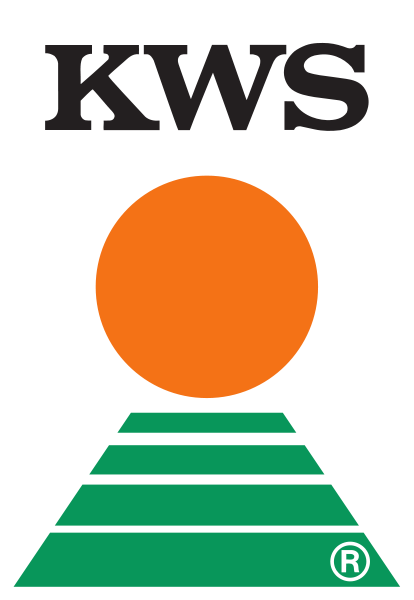Team:Goettingen/iGEM
From 2012.igem.org
| Line 573: | Line 573: | ||
<h2><b><a name="Biobrick_System"></a>BioBrick System</b></h2> | <h2><b><a name="Biobrick_System"></a>BioBrick System</b></h2> | ||
<p align="justify" style="line-height:1.6em"> | <p align="justify" style="line-height:1.6em"> | ||
| - | The BioBrick system of iGEM is based on the idea to divide complex biological systems in single components that are available to all iGEM teams. Each component, also called BioBrick, is flanked by a standardized sequence that allows for easy shuttling between different biological model organisms. The standardized sequences include sites for specific restriction enzymes, <i>EcoR</i>I and <i>Xba</i>I upstream and <i>Spe</i>I and <i>Pst</i>I downstream of each brick (Fig. 1). Therefore, the BioBricks also can easily be combined. The restriction sites | + | The BioBrick system of iGEM is based on the idea to divide complex biological systems in single components that are available to all iGEM teams. Each component, also called BioBrick, is flanked by a standardized sequence that allows for easy shuttling between different biological model organisms. The standardized sequences include sites for specific restriction enzymes, <i>EcoR</i>I and <i>Xba</i>I upstream and <i>Spe</i>I and <i>Pst</i>I downstream of each brick (Fig. 1). Therefore, the BioBricks also can easily be combined. The restriction sites <i>Spe</i>I and <i>Xba</i>I between two bricks can ligate together and leave behind a scar. The restriction sites are buried in the scar and are not accessible be the enzymes anymore. The BioBricks are annotated in the Registry of Standardized Biological parts and are catgorized by function. Parts are for example proteins, promoters, primers or plasmids. |
<br><br> | <br><br> | ||
<table cellpadding="3"><tr><td> | <table cellpadding="3"><tr><td> | ||
Revision as of 21:48, 18 September 2012

|
Language:
| What is iGEM?
iGEM is an international competition hosted by the MIT in Boston, USA, for undergraduate students
of disciplines related to molecular biology. iGEM stands for International Genetically Engineered
Machine competition. One the one hand, it targets to combine aspects of education and social
collaboration among undergraduate students, on the other hand, it provides a library for
standardized and interchangeable parts which can be used in living systems, particularly
in model organisms like E. coli. Student groups from all over the world will receive a
requested kit of biological parts, also called "BioBricks", and work over the summer on
an individual research project. Every year, the "Registry of Standard Biological Parts"
is upgraded with further BioBricks by the participating iGEM teams. These BioBricks will
be accessible to the iGEM community in the following years in order to use these parts for
their own projects. BioBrick System
The BioBrick system of iGEM is based on the idea to divide complex biological systems in single components that are available to all iGEM teams. Each component, also called BioBrick, is flanked by a standardized sequence that allows for easy shuttling between different biological model organisms. The standardized sequences include sites for specific restriction enzymes, EcoRI and XbaI upstream and SpeI and PstI downstream of each brick (Fig. 1). Therefore, the BioBricks also can easily be combined. The restriction sites SpeI and XbaI between two bricks can ligate together and leave behind a scar. The restriction sites are buried in the scar and are not accessible be the enzymes anymore. The BioBricks are annotated in the Registry of Standardized Biological parts and are catgorized by function. Parts are for example proteins, promoters, primers or plasmids.
Part Registry
The Registry of Standardized Biological parts is a comunity ressource for all participating iGEM teams. Every team adds new parts or BioBricks to the registry every year. In return, a Distribution Kit with a selection of highly requested and well-annotated parts is provided. Parts that are not included in the Distribution Kit can be orderer from the iGEM headquarter. The Registry of Standardized Biological parts grows rapidly, since the number of teams participating in the iGEM competition is increasing, too. During the course of iGEM the regulations for the part description are improved continously, including help pages and videos.
↑ Return to top
|
 "
"






